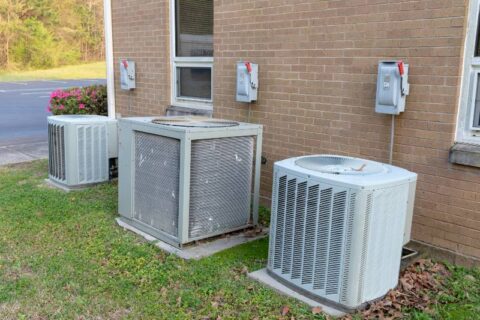DIY Water Softener Maintenance Tips
Did you recently install a water softener system? You’re probably enjoying the benefits, including softer skin and hair, cleaner clothes and dishes, and fresher-tasting water. Just remember, your water softener requires routine maintenance to continue working smoothly for years to come. Fortunately, you can perform many of these tasks yourself without much time or expense.
Check & Refill the Salt
This is the most crucial part of water softener maintenance. Open the brink tank lid and check the salt level regularly, refilling it when it gets low. Depending on your water usage, you may need to do this every two months.
It’s important to use the right type of salt for the best performance. Evaporated salt pellets are generally the best option because they have the highest purity. Potassium chloride, a salt alternative compatible with many water softeners, may also interest you.
Clean the Resin Tank
Professionals recommend cleaning the resin tank every six months. Purchase commercial resin cleaner based on the manufacturer’s recommendations and follow the instructions on the packaging. Then, plan to have a professional replace the resin beads every seven years to improve water softening efficiency.
Drain & Clean the Brine Tank
It’s wise to clean the brine tank every three to four years to remove sludge, bacteria, and mold. Wait until the salt level is low, and then follow these steps:
- Scoop out any remaining salt and water.
- Rinse the empty brine tank with a hose.
- Dislodge any residue with a broom handle.
- Remove sediment with a dry/wet shop vacuum.
- Scrub the tank with warm, soapy water and rinse thoroughly.
- Add new salt and water, and run a regeneration cycle overnight.
Check for Salt Bridges
After extended use, a layer of crusty salt may build up in your water softener, preventing the system from functioning properly. Using high-quality salt minimizes the problem, but it’s still wise to check the brine tank occasionally for salt bridges. If you see one, poke it with a broom handle to break up the crust and restore performance.
Watch for Signs of Trouble
You can tell your water softener isn’t working right if you start noticing signs of hard water. The following problems could indicate it’s time to perform water softener maintenance:
- Unpleasant-tasting water
- Dry, itchy skin after showering
- Dull, lifeless hair
- Stiff clothes
- Spotty residue on dishes
- Poorly lathering soap
When in Doubt, Call a Plumber
Water softeners should run smoothly with proper DIY maintenance. Still, don’t hesitate to call a plumber if you have questions about any of the above tasks or experience problems with your water.
Parley’s PPM Plumbing, Heating & Cooling is here to help. We are a trusted Utah plumber with over 40 years of experience installing and maintaining water softeners. To schedule a visit, please call 801-226-3033 if you live in Utah County, or reach us at 801-229-2665 if you’re a Salt Lake County resident. You can also request plumbing services online.


